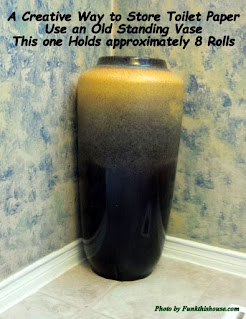There is no doubt that if you live in the city, apartments are smaller and, unfortunately, much more expensive than in previous decades.
Maximizing space is critical. Thus, thinking in terms of dual-purpose use for each piece you add to your small area is essential.
Did You Know That You Can Get Chairs That Turn Into Beds?
Most of us are accustomed to couches that turn into beds. Rarely do we consider a chair you can sleep in as a guest-sleepover solution.
Of course, a chair you can sleep in doesn't have to be restricted to small apartments. They can easily be used as a guest sleepover solution in multiple rooms of a standard-sized home.
Skip all the mumbo-jumbo and go directly to the product page here.
Eight Locations in the Home to Consider Adding a Chair You Can Sleep In:
- The baby's room! When mom needs to bunk in with the little one, placing a chair that converts to a bed is the perfect solution, especially with space issues.
- Place a chair bed in your home office. When you're working long hours, you have a place to rest, or when you host company, they have a place to sleep.
- A chair you can sleep in is ideal for the primary bedroom. Whether one half of a couple needs a place to sleep independently from time to time, or a child needs to bunk in with mom and dad, a chair bed solves those issues.
- For those who enjoy the luxury of a gaming or media room, a chair that turns into a bed is a comfortable solution for avid gamers.
- Plan for two of these chairs in your main room or family room, and you automatically get two extra beds when visitors come calling.
- These chair beds are must-haves for studio or small apartments. You automatically have an extra place for sleepover visitors.
- Do you have a she-shed? Does he have a man cave? If so, these adult metaphoric doghouses aren't complete without a proper place to sleep if needed!
- Sunrooms or enclosed patios are a perfect place to add a sleeping chair!

























































